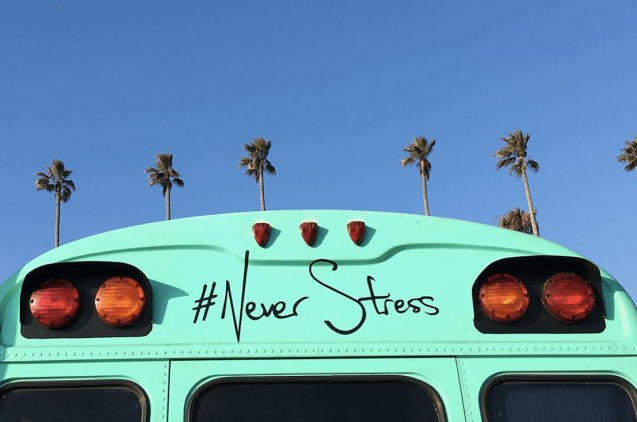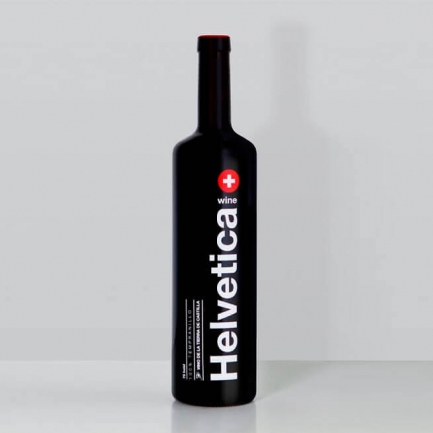If there's one online marketing platform that continues to work, and increasingly so, that's Facebook Ads. Gone are the days when everyone was able to advertise in any way and got repercussions.
Facebook and Instagram have joined forces in this system for advertisers that is still today one of the most beneficial for any company, brand, business or professional. Whether to give visibility to products or to promote your own brand or services, the platform puts at your fingertips millions of people as a target audience.
Times have changed and Facebook has become more demanding than ever, so you will need a quick guide not to get lost in the process.
1. OBJECTIVE
Facebook already has up to 11 different types of targets for your ads. But the platform has managed to unify them into 3 groups to facilitate the implementation of your campaign:

- Recognition
This category includes Brand Recognition and Scope. With these objectives you will be able to generate interest in products or services that you offer, this being the first part of a basic funnel.
- Consideration
This category includes Traffic, Interaction, Application Downloads, Video Playback, Lead Generation and Messaging. With these objectives you will focus on getting your audience interested in your company and you will give more information than usual to get those people to look for more information about their services or products.
- Conversión
This category includes Conversions, Product Catalog Visits and Business Visits. It's time to turn your ads into profitability. No matter what your conversion: sales, downloads, subscriptions, requests ... The important thing is to make the target audience perform the action we want. In this case it is very important to have a tracking pixel installed in order to measure the results.
2. SEGMENTATION
It's time to choose to whom we're going to offer our ads. It is important to be clear about your target audience and analyze it calmly. It's very easy to waste our budget showing ads to people who won't be interested, so it's best to take your time to define your audience. Facebook Ads allows you to segment a lot your range of people, from the basics: language, sex, country, age ... to a more detailed segmentation that includes values such as demographics (education, work, etc..), interests (customs, hobbies, sports, etc..), behaviors (events, travel, etc.) and more interests that Facebook treasures like gold in a pirate trunk.
3. LOCATION
If you already know who you're going to show your ads to, now it's time to choose where to show them. Facebook Ads gives you the option to choose different locations depending on your needs.
Like almost everything else, Facebook gives you the option to set the autopilot and let him choose the best locations for you. But if your needs are different, you can customize the locations by choosing from: device type, ad display type, platform type and other more advanced settings.
Our default ads will be published on Facebook, Instagram, Audience Network and Messenger. But we can always choose whether or not to appear on any of these platforms.
4.- OPTIMISE DELIVERY AND BIDDING
Bearing in mind the budget that we want to give to our campaign, Facebook Ads offers us three types of optimization for our ad delivery. In this way, depending on which one we choose, Facebook will calculate for us the share price with our ads in one way or another.
We can choose between:
Interaction with a post: it will only show our ad to the people most likely to interact with our ad.
Impressions: your ad will be shown to the public as often as possible.
Unique daily reach: the ad will be shown the number of times per day we choose, at least once per user.
After choosing our delivery, we have to choose the bidding method. We can leave it on "autopilot" so that Facebook optimizes it in the best way, or we can choose between two manual options:
CPM or PPM: With this option we will pay for every 1,000 times our ad is shown, even if it doesn't have any interaction.
CPC or PPC: With this option we will pay every time one of our ads receives a click.
5.- STRUCTURE
It's time to create your advertising campaign. To do this, the first thing you need to be clear about is the structure you must have in order to optimise it as much as possible and, above all, to have it organised. Although it may seem strange, many campaigns end up failing because there is no clear organization chart like the one we show you on Facebook Business.
.jpg)
Thanks to this infographics we can see that the structure is:
Campaign: With a single objective of the 11 we talked about earlier.
Set of ads: Each with its budget, bid, location and segmentation.
Ads: It is important that the ads have different combinations of calls to action, photos, texts, links, etc. This increases the success rate. To test A/B with an ad varying some element usually gives a very valuable short-term result of what works and what does not.
6.- FORMATS
The visual variety of the ads is fundamental in order to get the attention and sympathy of our target audience. Facebook Ads allows a wide range of ad displays depending on our objectives.
We can use photo support, video, carousel images, and even gif. Since a few months ago we can put ads in vertical format both photo and video for Stories.
When it comes to promoting our product sales, Facebook Ads provides us with two exclusive formats for mobiles: the Canvas format and the Collection format. They are special to create a micro-web experience on the mobile whose only objective is to sell your product thanks to the visual attraction.
Facebook also has a special format for attracting potential customers or Leads, in which with a single click appears on screen a registration form or contact, previously filled with our data that has facebook, and that once the customer click on "Send" will go directly to our database. A very easy system in two clicks to get those leads that cost us so much.
7.- ANALYSIS
All this would be useless if we do not pay a minimum of attention to the statistics that our ads throw at us. As we have said before, the first thing to do is to install in our website a tracking pixel to know the behavior of our ads once the target audience interacts with them.
The Business Manager tool with which we control our ads has an almost infinite analytical system, you only have to know what you want to see and look for it. Analyze which are your best ads, your best formats, those that convert more and why they do it. What do those that work have in common? If you manage to answer this question, you will get the most out of your money.
A tip: the more your campaigns, sets and ads are ranked by hierarchy and names, the easier it will be for you to analyse the results.
Even if you know all the steps to follow to set up a Facebook Ads campaign, there are some very typical mistakes that everyone tends to make. When preparing your ads and reviewing the campaigns it is essential to remember about it in order to correct and avoid the errors. In this video you can see which are the most common mistakes and how to prevent them:
Two years ago we told you about the potential of Facebook Ads in another article, but since then it has evolved considerably. As you can see, it's not an easy task but you can save time if you know what you have to do beforehand.
Dedicating time to Facebook Ads means saving money and making your campaigns profitable in order to achieve the goal.
Putting ads without paying attention to all these considerations is like paper advertising, most of the time ends up in the trash.




